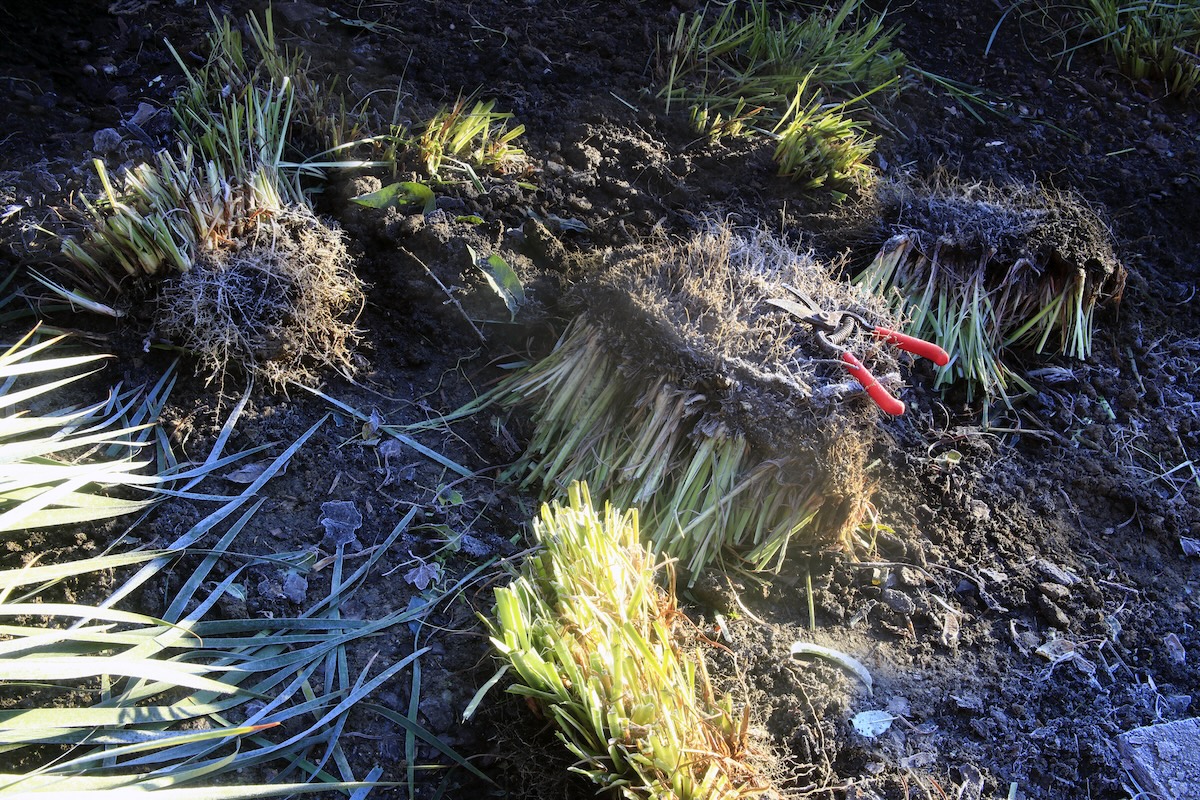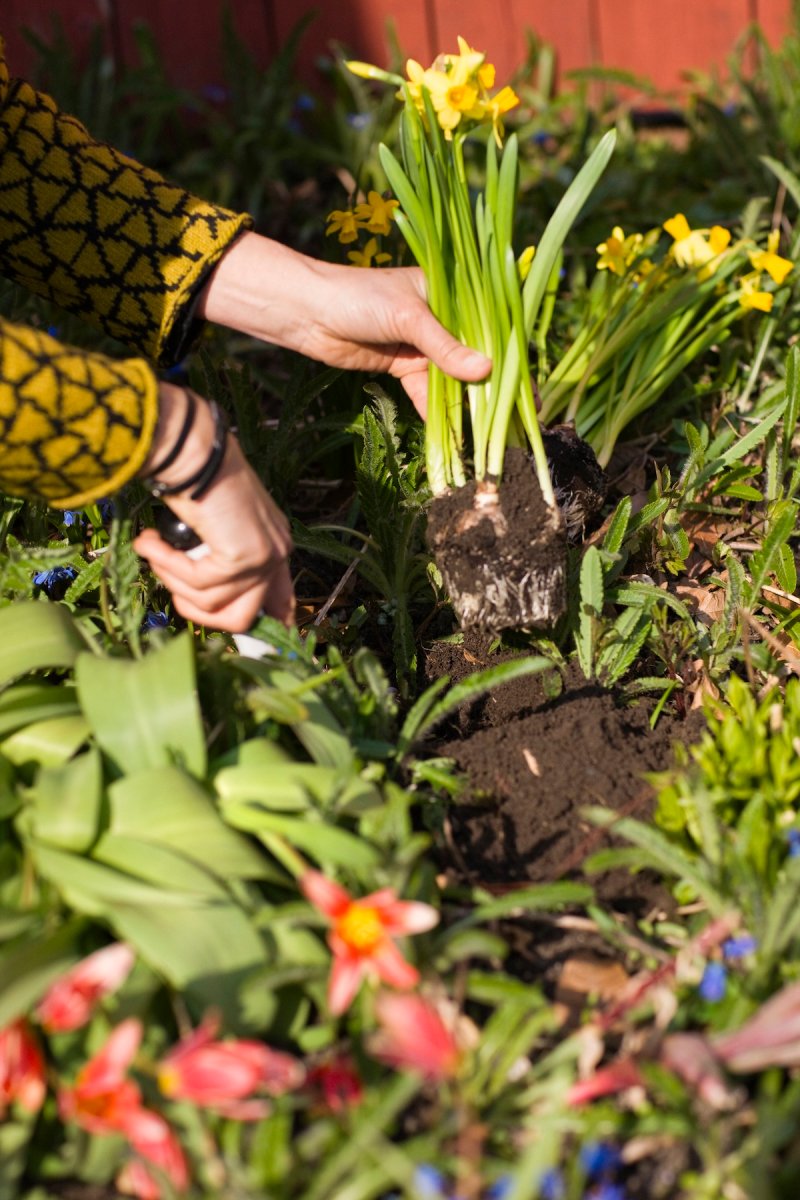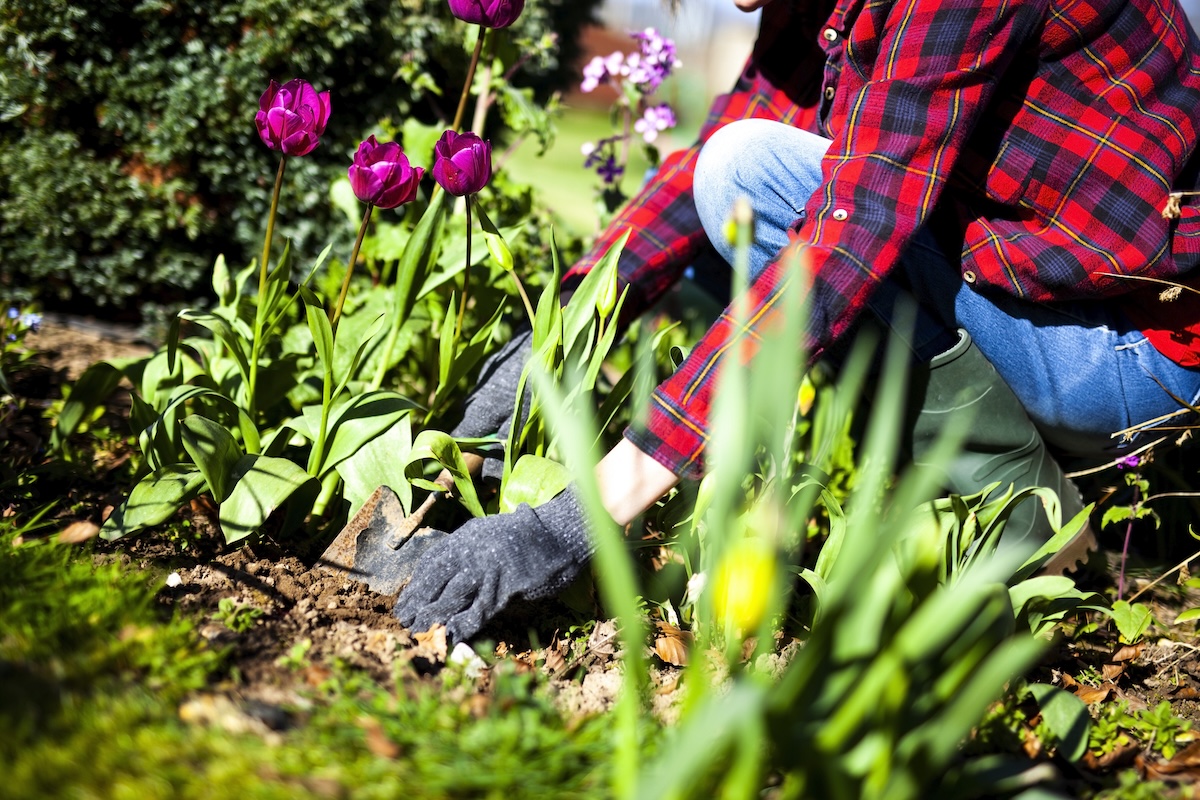We may earn revenue from the products available on this page and participate in affiliate programs. Learn More ›
Most perennials are easy care plants that require less maintenance than annuals and return year after year with minimal fuss. But even the hardiest perennials appreciate a little attention from time to time, and many perennials need to be divided every few years to rejuvenate their growth and enhance flowering. In this guide, we’ll walk you through the basics of how and when to divide perennials, and highlight common perennial plants that should—or shouldn’t—be divided.
Why Divide Perennials?
Dividing perennials is a great way to propagate new plants for free and save money in the garden. But plant division also benefits perennials in several important ways.
- More space. Dividing plants opens up flower beds and reduces overcrowding and plant competition. It’s also an effective way to control the size of large or spreading plants.
- Improved growth and flowering. If they’re not divided regularly, plants like daylilies might develop bald centers and floppy stems, and they might stop flowering.
- Reduced disease. Plant division also improves airflow in garden beds and can limit the spread of powdery mildew.
- Fewer weeds. Tough and entangled weeds can be easily removed when dividing perennials.
When to Divide Perennials
Most perennials should be divided every 3 to 5 years, either in spring or fall. However, it’s always a good idea to research the specific care needs of the plants in your garden to ensure you divide them at the right time.
As a general rule, plants that bloom in late summer to fall should be divided in spring, and plants that flower in spring to early summer should be divided in fall. But it’s important to stop dividing perennials at least 4 weeks before your first fall frost and to avoid dividing plants in hot weather or when they’re in bloom. Dividing perennials on a cool, cloudy day just before rain and replanting divided plants as soon as possible is the best way to avoid transplant shock.

How to Divide Perennials
Whether you grow perennials in pots or have in-ground gardens, you’ll use the same basic techniques and tools to divide perennial plants. A shovel is a must for digging up buried roots, but you may also want to grab a gardening knife, pruners, a pair of gardening forks, a tarp, and some old plant pots before you start.
1. Water well.
Thoroughly water perennials the day before you intend to divide them to make digging easier and reduce plant stress.
2. Dig up your plants.
Use a shovel to loosen the soil all the way around your plant’s roots. Then, wedge the shovel beneath your plant and lever the root ball free from the soil. Do your best to avoid damaging the plant’s roots and keep the root ball as intact as possible.
3. Divide the roots.
Once the plant is free from the soil, shake away loose dirt and rinse the roots so they’re easier to see. Loosely matted roots can be gently teased apart with your fingers, but you may want a gardening knife to break apart tougher root clusters. If you need to split larger plants like hostas or daylilies, place two gardening forks back to back in the center of the root ball and use the forks to pry the roots into smaller, plantable clumps.
Depending on the size of your perennials, you may be able to create several new plants from every perennial you divide. Just make sure that each plant division has a healthy nest of roots, or several inches of rhizome, and at least three sturdy shoots or stems.
4. Remove weeds and debris.
After dividing your plants, use pruners to clip away dead or damaged stems, roots, and leaves, and pluck out any weeds woven in among the plant’s roots. Cutting long daylily and iris leaves down by half can make these plants easier to handle.
5. Replant.
Replant the newly divided perennials in their original growing location or in newly prepared beds at the same depth the plants were growing before you dug them up. Add mulch and water deeply to help your plants acclimate. Perennials may droop a bit after planting, but they should bounce back quickly!
If you can’t replant your perennials right away, plant them in old pots with potting soil or lay them on tarps in a shady corner of your garden and plant them as soon as you can.

Perennials That Benefit from Division
Most common perennials, including many ground covers and native plants, grow best if they’re divided every few years. Here are just a few perennials that should be divided in spring or fall.
| Aster | Astilbe | Bee balm | Black-eyed Susan |
| Blanket flower | Blazing star | Blue lobelia | Coneflower |
| Coral bells | Coreopsis | Daylily | Fern |
| Hosta | Iris | Joe Pye weed | Lamb’s ear |
| Mint | Ornamental grass | Peony | Phlox |
| Salvia | Shasta daisy | Spring-flowering bulbs | Yarrow |
Perennials You Shouldn’t Divide
Although most perennials can be divided, there are few exceptions. The following plants generally don’t need dividing and they’re usually propagated via cuttings or seeds instead.
| Baby’s breath | Butterfly weed | Cushion spurge | False indigo |
| Gas plant | Lavender | Lupine | Rosemary |

